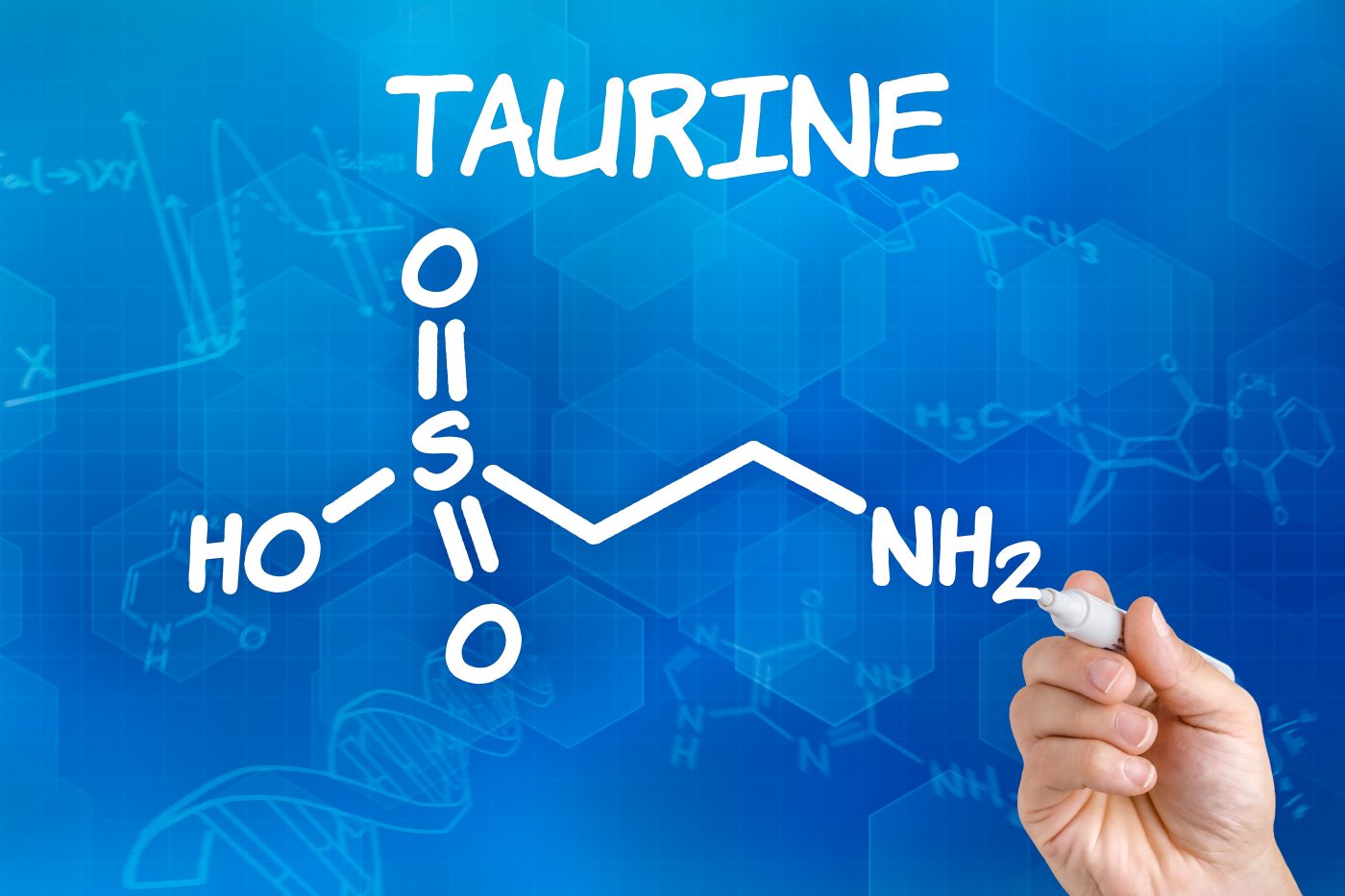Potential New Therapeutic Agent for Muscle Disorders: Taurine
by |

A study recently published in the Journal of Translational Medicine reviewed the link between taurine and skeletal muscle disorders including muscular dystrophy. The study entitled “Taurine: the appeal of a safe amino acid for skeletal muscle disorders” was conducted by researchers at Università degli Studi di Bari “Aldo Moro” in Italy.
Taurine is a natural and the most abundant free amino acid in mammalian tissues, especially in skeletal muscle. Taurine plays important biological roles such as in cardiovascular function, the modulation of calcium signaling, regulation of water and mineral levels in the blood, and in the development and function of the skeletal muscle and the central nervous system. Taurine is also thought to have antioxidant and anti-inflammatory properties. It can be found in meat, fish and breast milk.
The high intracellular level of taurine in tissues is guaranteed by an active transporter of the compound called TauT, a transporter widely expressed in mammalian tissues. It has been previously suggested that the levels of intracellular taurine can influence the development of several pathological conditions. This is also applicable to taurine levels in skeletal muscle and medical conditions like muscular dystrophy, a disorder characterized by a progressive skeletal muscle weakness that leads to the degeneration of muscle cells and tissues, compromising locomotion and also the respiratory and cardiac functions. In the study, researchers review the effects of taurine on particular muscle targets and pathways.
Regarding the specific link between taurine and muscular dystrophy, it is known that calcium homeostasis is altered in the muscles of patients and mouse models of the disorder. According to the authors, dystrophic muscles may have a reduced ability to retain intracellular taurine, having therefore a lower concentration. Interestingly, by restoring taurine levels through exogenous administration, the altered muscular mechanism in mice is restored.
The team used mice to assess the therapeutic value of combining taurine with alpha-methylprednisolone, a glucocorticoid prescribed to dystrophic patients, and found a synergistic action of the two drugs as they improved animals’ strength, restored calcium homeostasis and induced a significant increase in taurine content in the muscles. Taurine may therefore be considered an adjuvant therapy in steroid-treated patients.
Muscular dystrophy patients have a mitochondrial dysfunction in their muscle cells characterized by elevated oxidative stress (with increased production of harmful reactive oxygen species – ROS) and reduced energy production. A decrease in taurine content has also been shown to enhance the susceptibility to oxidative stress.
Overall, all the different studies focused on taurine support a link between the compound and muscle diseases like muscular dystrophy through pathways that involve calcium homeostasis, mitochondrial dysfunction and oxidative stress.
The research team concluded that taurine can have multiple effects on skeletal muscle, namely in controlling the function of ion channels and calcium homeostasis, ultimately ensuring a proper muscle function. The team suggests that taurine might be considered a potential therapeutic agent for several inherited and acquired muscle disorders and other muscle-related conditions.







